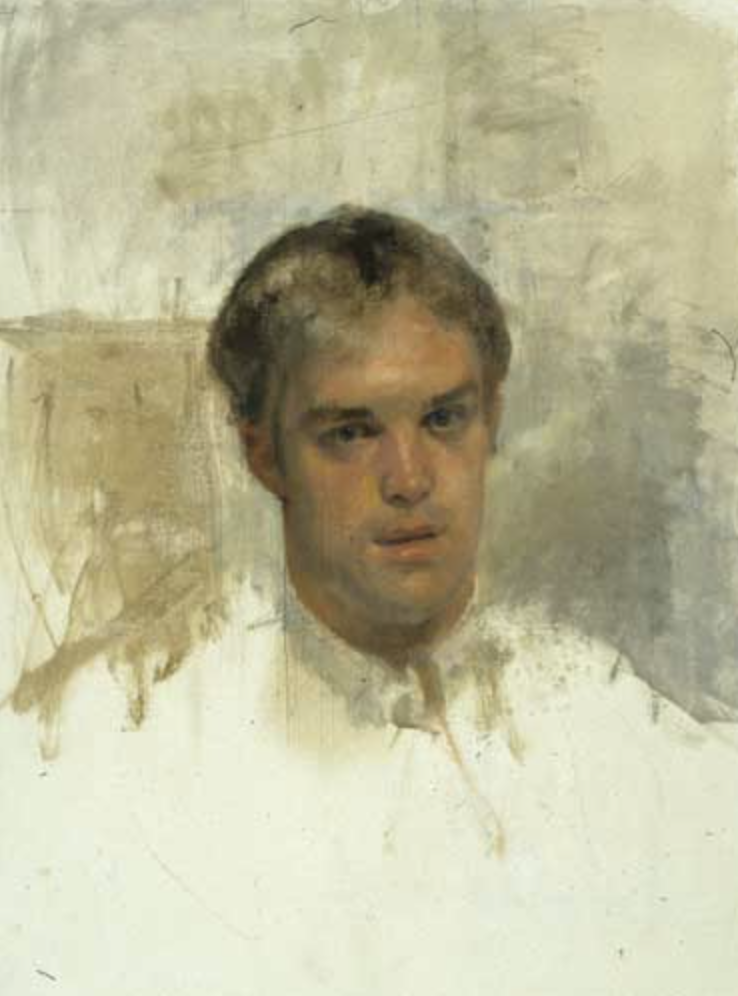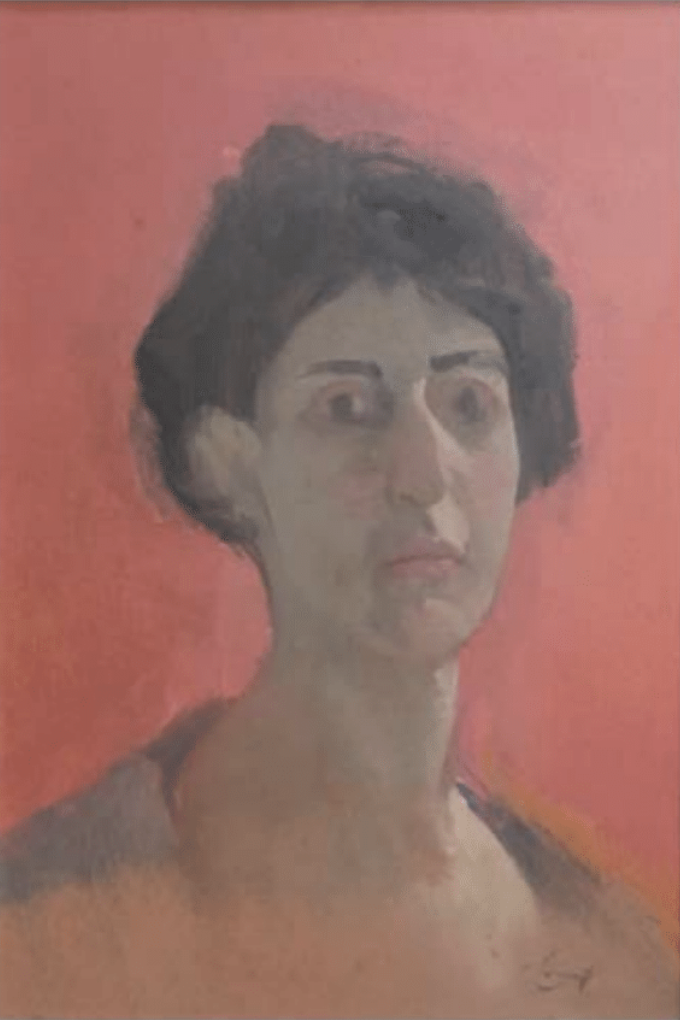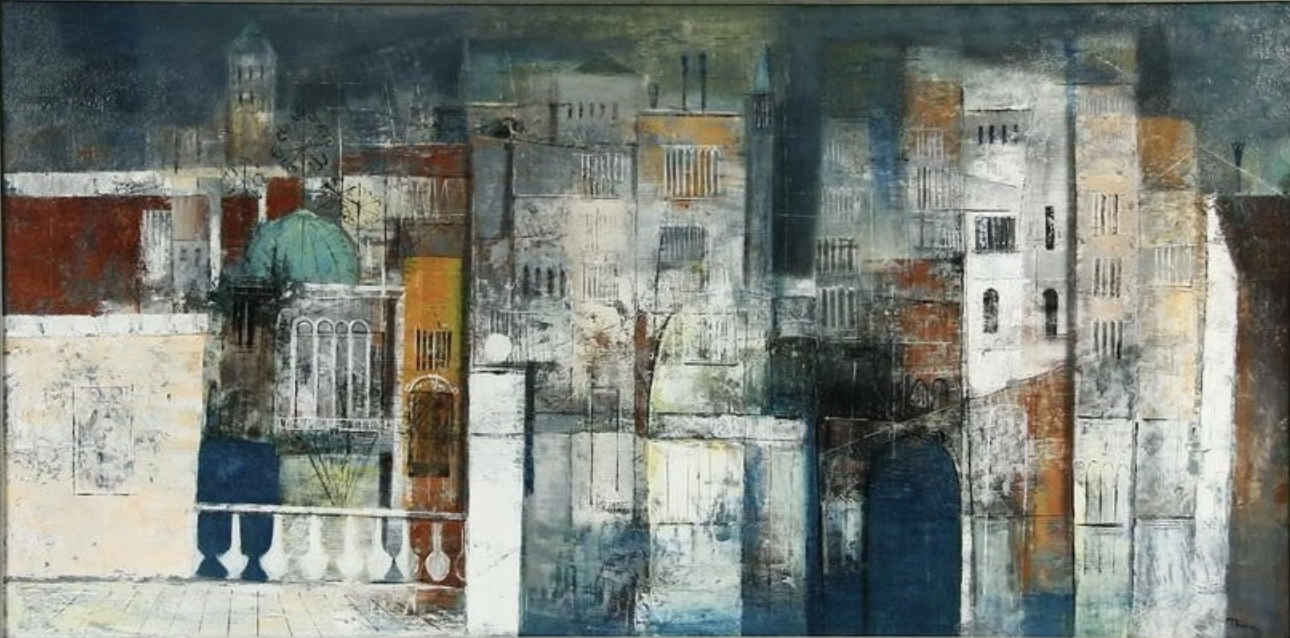














Lennart Anderson
1928 - 2015
“Because of my vision, I’m using my life now when I paint. I mean by that all the painting that I’ve ever done.”
Lennart Anderson in a 2013 interview with The Vision & Art Project
Biography
Born in Detroit, Michigan, Lennart Anderson knew from a young age that he wanted to be an artist. He studied at the School of the Art Institute of Chicago and then at the Cranbrook Academy of Art.
He moved to New York in the mid-1950s, studied briefly at the Art Students League under Edwin Dickinson, and lived on Tenth Street, then a hub of abstract expressionism. In a 2013 interview with The Vision & Art Project, Anderson talked about how, from early in his career, he “hunkered down” and pursued what interested him. He painted street scenes and bacchanals from a combination of perception and imagination. He also painted still lifes, portraits, and figures from observation. By his own admission, the work of historical painters influenced Anderson—among others, Edgar Degas, Diego Velázquez, Jean-Auguste-Dominique Ingres, and Jean-Baptiste-Camille-Corot.
Although Anderson never worked exclusively from observation, he became known as a leading proponent of perceptual painting. He was the recipient of many important awards, including a Rome Prize (1958) and a Guggenheim (1983). His work is in the permanent collections of the Brooklyn Museum, Cleveland Museum of Art, Hirshhorn Museum and Sculpture Garden, Museum of Fine Arts (Boston), and Whitney Museum of American Art, among others. He taught at Columbia, Princeton, and Yale, and served as a distinguished professor emeritus at Brooklyn College.
Anderson’s post-macular artwork
Anderson’s right eye was affected by macular degeneration in 2001. For the next six years, he relied on his left eye, with little change to his paintings or painting practice. When his left eye succumbed in 2007, however, his work changed.
A source for several late paintings, many of them based on mythological motifs, were figure drawings he had completed years before while he was teaching at Brooklyn College. Among other strategies, he used a phone to assess his work, taking photos of work-in-progress and examining them very closely in his peripheral vision.
V&AP Resources Related to This Artist

Feature Article
From the Archives: How Lennart Anderson Made a Late Masterpiece
When Lennart Anderson's vision declined, he adapted his painting methods and created a new body of masterful work, starting with "Lion Mask."
Read More
Feature Article
“Seeing with Light:” A Film Profile of Lennart Anderson
In this short video profile, Lennart Anderson talks about his life. He also works on a portrait of fellow artist Kyle Staver.
Read More













